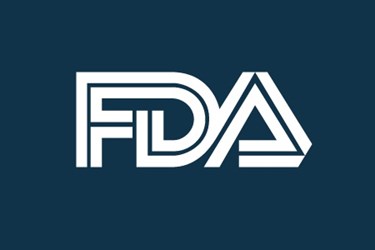FDA Releases New Guidance On Market Recall Vs. Removal
By Chuck Seegert, Ph.D.

To address confusion on when to recall a product, an area that many companies struggle with, the FDA has issued a guidance document in its final form. The document provides increased specificity in its definitions and is intended to help manufacturers identify when they need to notify the FDA of recalls.
According to the guidance document’s intentions include:
- Clarify when a change to a device constitutes a medical device recall
- Distinguish those instances from device enhancements that do not meet the definition of a medical device recall
- Clarify reporting requirements under 21 CFR part 806
Historically, many medical device manufacturers have struggled with determining what constitutes a recall. Scenarios that involve medical device defects or failures are usually pretty clear, but other situations exist. For example, if a new and improved version of an existing product is released, does the previous version need to be recalled?
According to the newly released FDA guidance document titled Distinguishing Medical Device Recalls from Medical Device Enhancements, the answer may be no.
“When new iterations of a device involve changes to device design, for example, it does not necessarily mean that the existing device should be recalled,” according to the text of the new, non-binding guidance document.
The difference largely centers around whether the existing device represents a risk to health and safety, a condition described as “violations of the FD&C act, or other regulations,” in the document.
The guidance provides the following example:
“An IVD device firm markets a test to detect the level of a specific antigen in blood. The device is represented to have 95% sensitivity to the specific antigen. Two years after initial marketing, the firm modifies the product to improve the sensitivity to the antigen from 95% to 98%. This modification is determined to be an improvement to the safety and effectiveness of the device, and is determined to be unrelated to any known device violation. FDA would generally regard this action as a device enhancement, although it may require a regulatory submission.”
The document was originally released in February 2013 as a draft document amid controversy from some manufacturers about a lack of clarity with certain definitions. According to an article from the Regulatory Affairs Professional Society, however, most of these issues were rectified in this final document.
